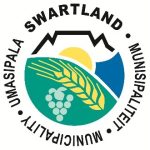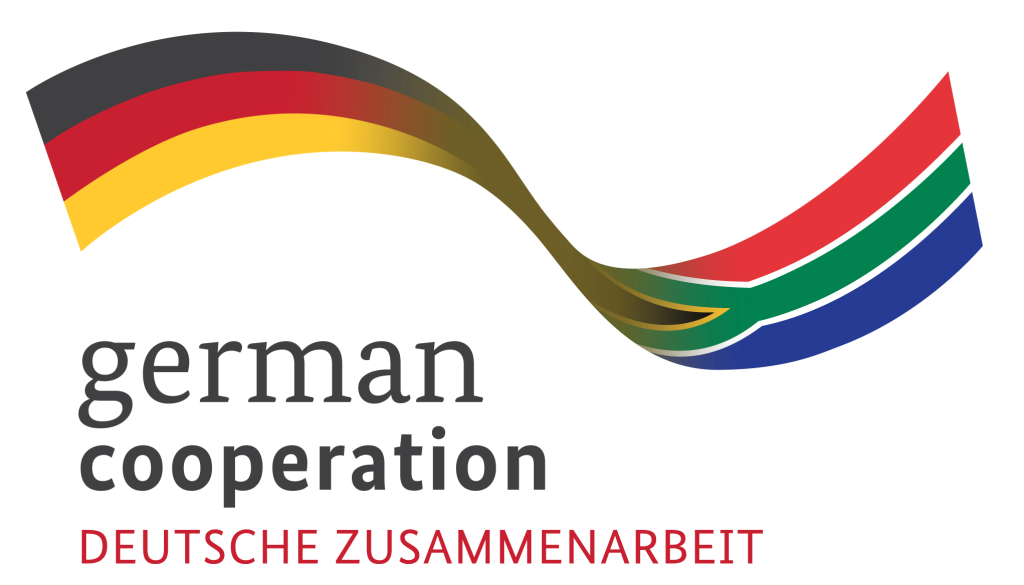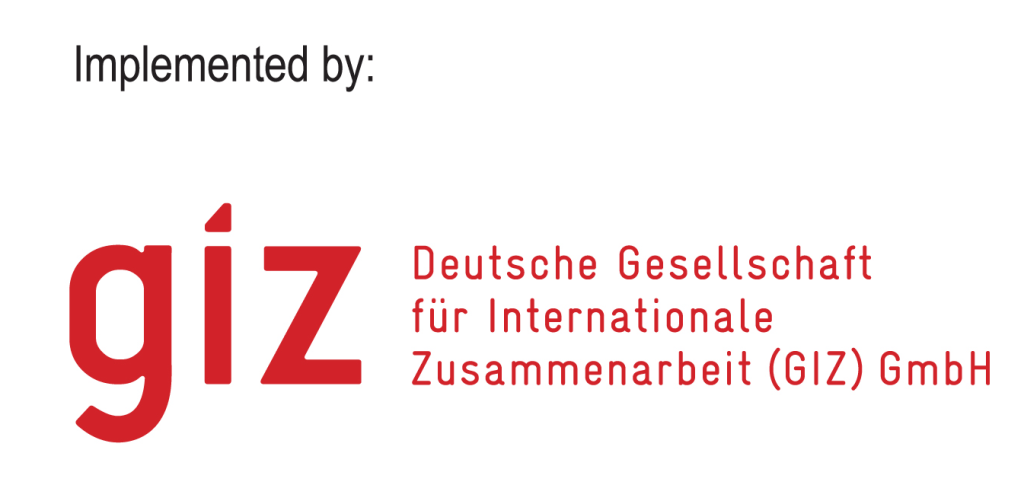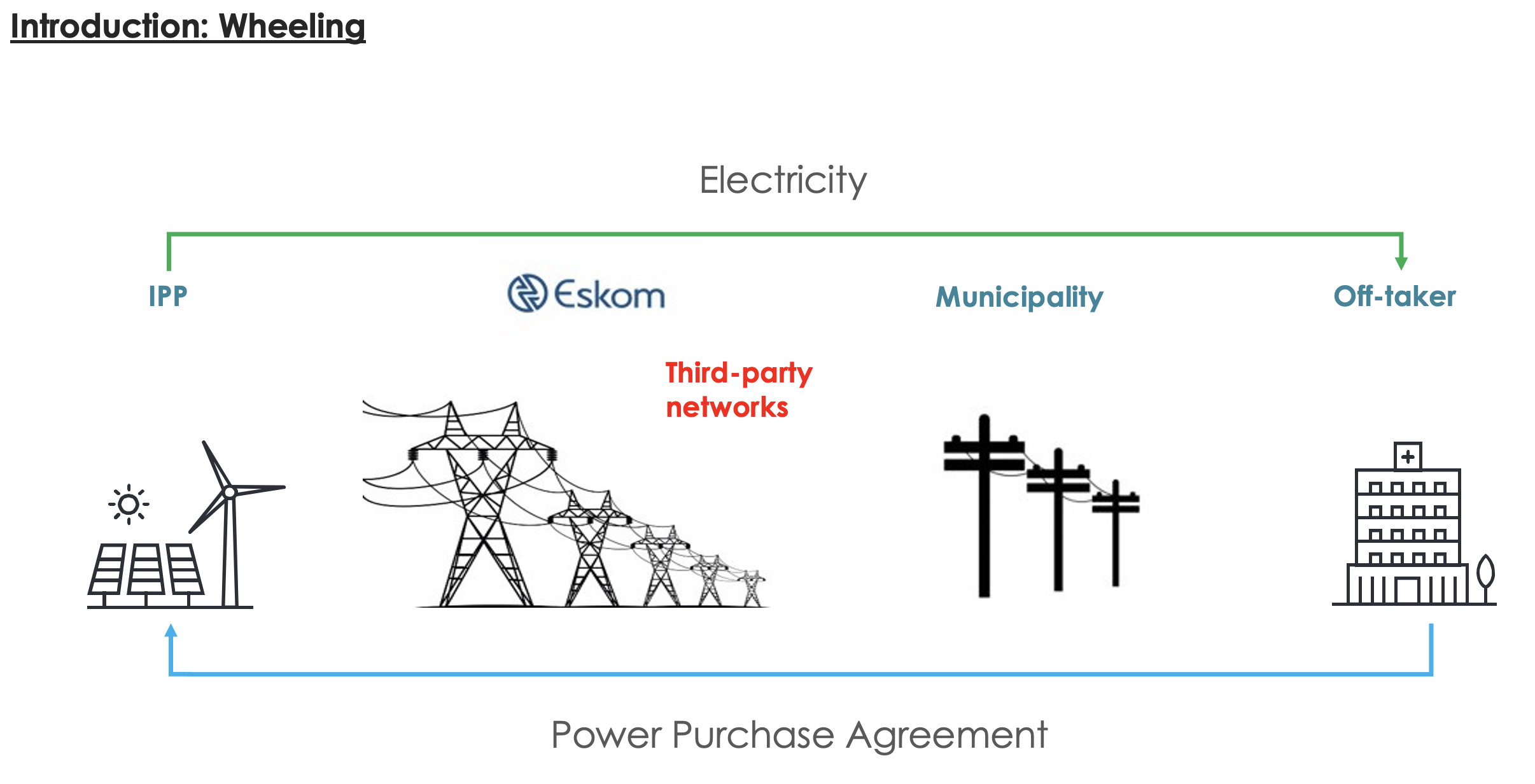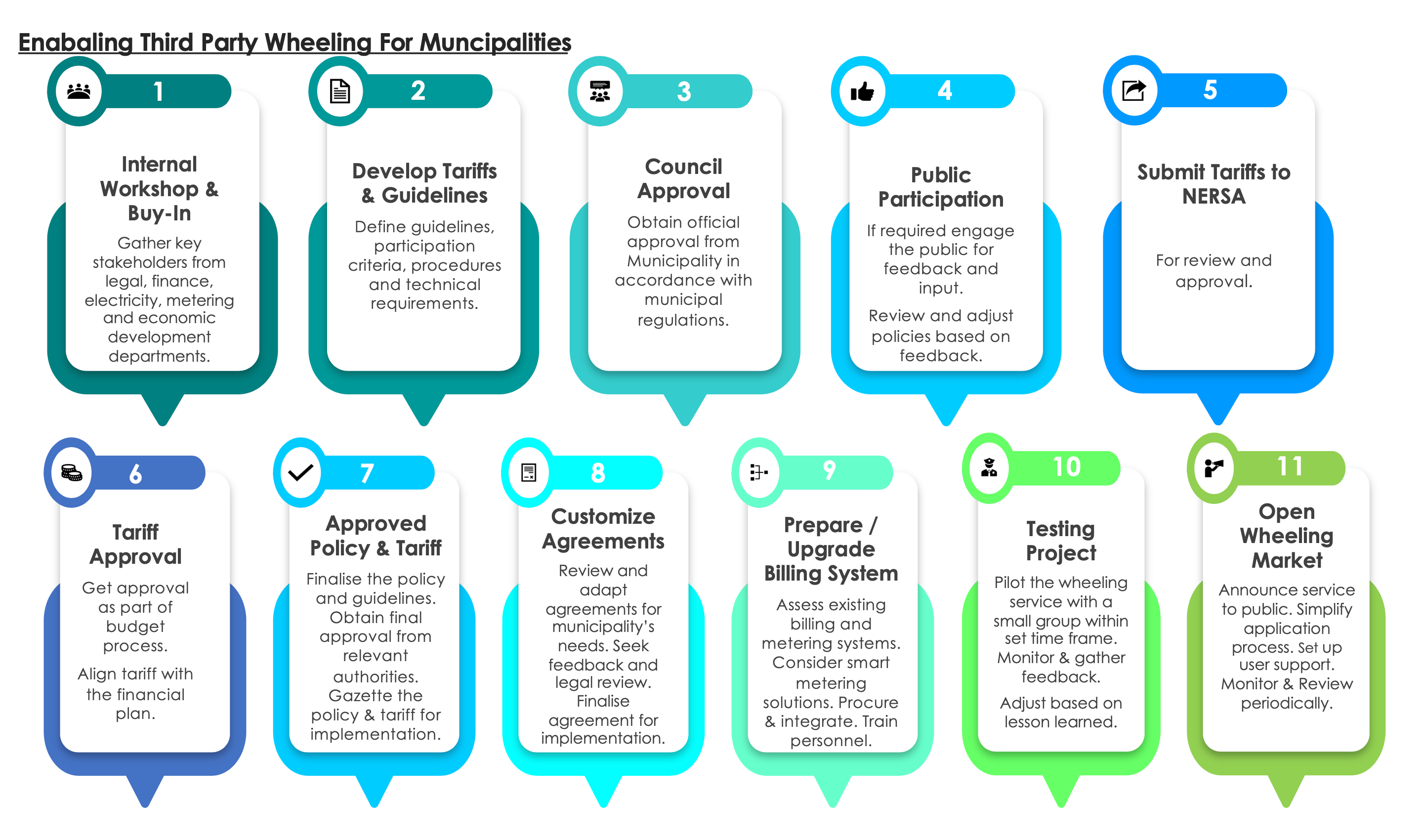Home
Purpose of the Website
This website aims to provide municipalities and stakeholders with easy access to comprehensive resources and information regarding third-party wheeling of electricity. The website will host two options for Municipal Wheeling Guidelines – a Simplified Guideline and a Comprehensive Guideline. Additionally, it will offer various supporting links to various resources related to third-party wheeling, aiding municipalities in understanding, implementing, and benefiting from this energy management strategy.

Financial Gains
Third-party wheeling generates income through charges, supporting local development projects and infrastructure.
Collaboration
Fosters knowledge exchange and a supportive energy ecosystem.
Energy Security
Diverse energy sources enhance resilience against disruptions.
Green Initiatives
Promotes clean energy, aligning with sustainability goals.
Technological Advancement
Introduces advanced technologies, positioning the municipality as innovative.
Economic Growth
Encourages private investments, creating jobs and boosting the local economy.
Community Impact
Revenue supports local services like education, healthcare, and infrastructure.
Regulatory Compliance
Demonstrates commitment to regulations, attracting investment.
Strategic Leadership
Positions the municipality as an energy management leader, attracting stakeholders and investors.
Economic Decarbonisation and Sustainability
Aids in reducing carbon footprints and meeting sustainability targets
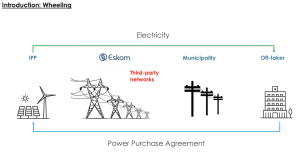
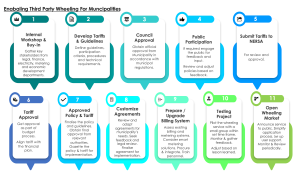
If you want to stay updated, you can subscribe here.
Resources
Please note the information below is a collection of information available on the internet we are simply gathering it together in one central location to make it easier for you
